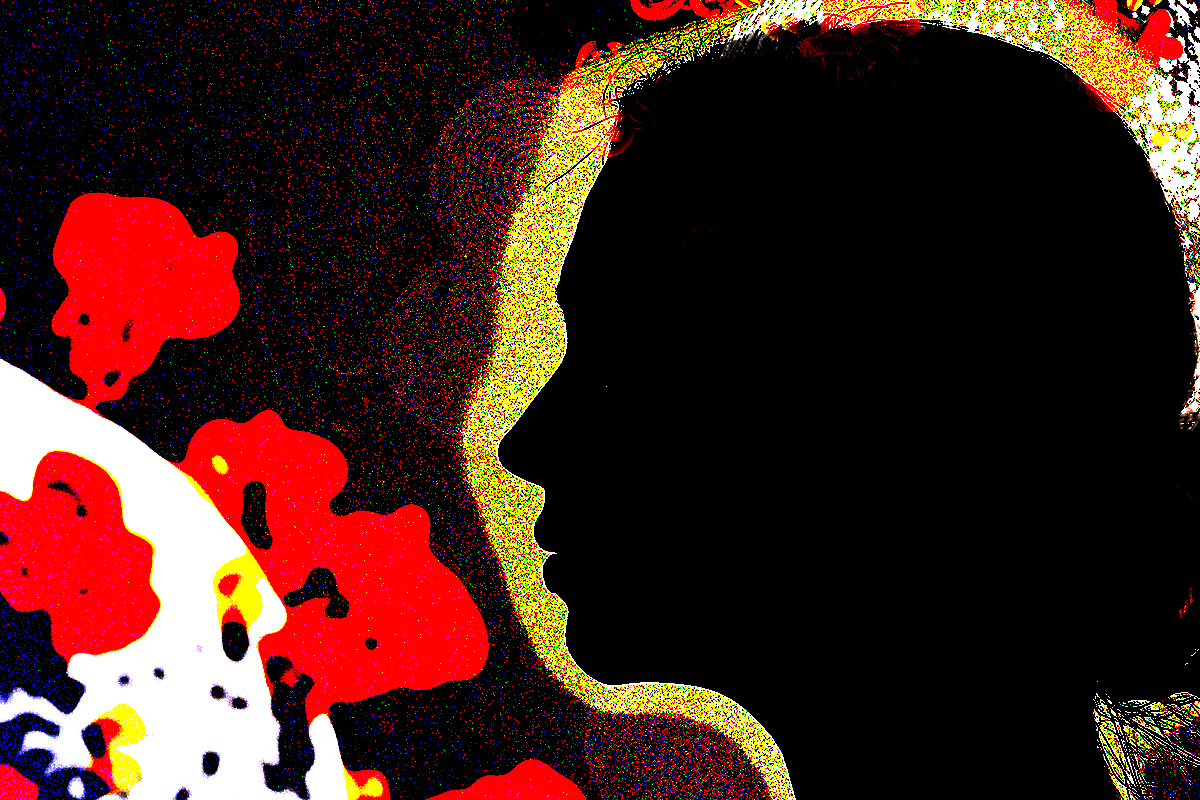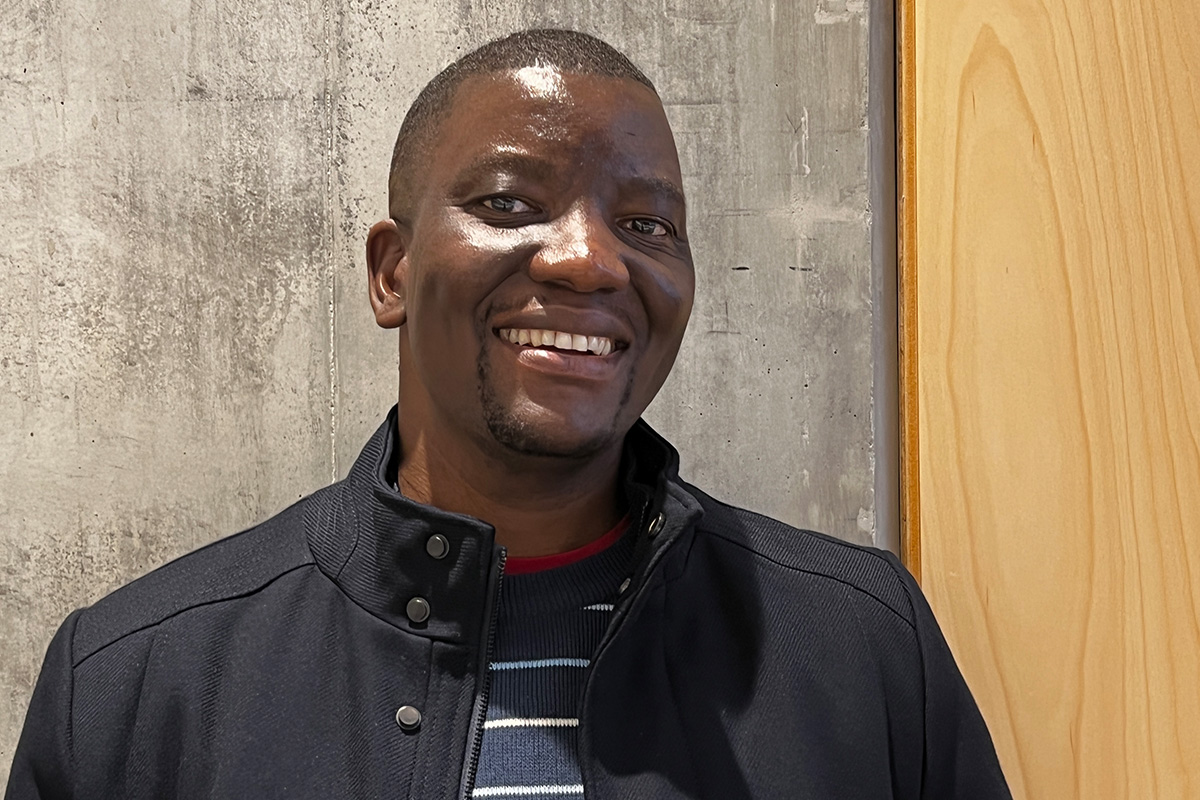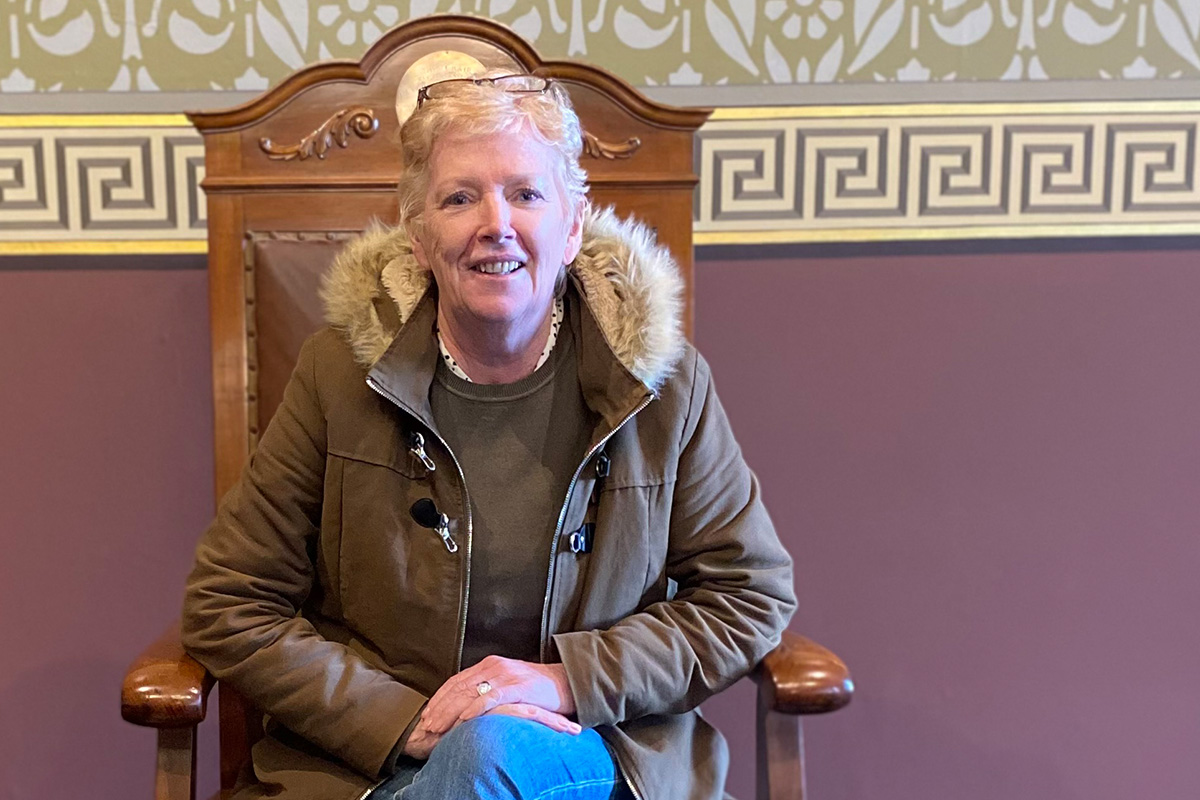
While it’s not unknown for nurses to lead double lives as artists, it’s likely that only one could look at a sculpture at the spiritual home of Australian sport and say ‘That’s one of mine.’
Penelope Lee is a general and mental health nurse currently working within a major hospital’s emergency psychiatry team. She also holds a Bachelor of Fine Art, and her public artworks include one at the MCG.
For the MCG’s redevelopment, Penelope asked the public to donate their old footballs. She unpicked the footballs – a labor-intensive endeavour – and combined the leather with that of new footballs to create her ‘Kicking the Leather’ sculpture.
In 2008, for the 100th anniversary of women’s suffrage in Victoria, Penelope combined forces with artist Susan Hewitt to create ‘Great Petition’, a rolled steel artwork commemorating a giant petition with 30,000 signatures that was offered to the Victorian Parliament in 1891 in support of women’s right to vote.
In 2016, Penelope became a Board director of Her Place, a museum celebrating the achievements of Australian women and their role in shaping our nation, then general manager from 2017–2019. Her art-making has been on hiatus since becoming involved with this new ‘passion project’.
In March, Her Place will showcase Australian women in the nursing and midwifery professions in Unmasked: celebrating nursing and midwifery, Victoria and beyond, an exhibition project managed by Penelope and co-curated with Dr Madonna Grehan, a historian who is also a nurse and midwife.
The exhibition is presented in six intersecting themes: pioneering nurses; professionalisation; innovation; First Nation nurses and midwives; volunteers and military service; and advocacy and leadership.
Twelve practitioners feature in the exhibition as past and present exemplars of their professions: Dulcie Flower AM, Florence Ethel Green, Adrian Hutchinson, Lucy Johnstone (née Garlick), Margaret ‘Gretta’ Lyons, Kelli Mitchener, Marianne O’Ferrall RRC (née Rawson), Emeritus Professor Judith Parker OAM, Michelle Spence, Terry Swanson, Ruby Tribe, and Sarah Watts.
One of Penelope’s favourite nurses of the exhibition is Lucy Garlick, who worked for the Royal Flying Doctor Service. In the 1950s, Lucy created a body chart called ‘Where does it hurt?’, which helped remote patients to better describe the location and intensity of their ailments.
‘This enabled the practitioner to assess which organs were being affected and whether this person needed to be evacuated to a hospital,’ Penelope said.
The body chart was depicted on the Australian $20 note before it was replaced in 2019.
Funded by the Victorian Government, Unmasked will be at the Her Place Women’s Museum Australia, 208-210 Clarendon St, East Melbourne, from 2 March – 3 April, before touring to Bendigo. Check the Her Place website for Bendigo tour dates.
The museum is open from Tuesday to Saturday, 11am-4pm.
The exhibition is presented by Her Place Women’s Museum Australia, in partnership with the Department of Health and Human Services and Safer Care Victoria. Unmasked has received substantial support from the ANMF.
While Her Place Women’s Museum and working as a nurse are plenty to occupy Penelope’s time and spirit for now, she hasn’t ruled out returning to sculpture.
‘I did have a long practice and really enjoyed exhibiting but also participating and initiating projects,’ she said.
‘I actually like having separate worlds because I felt I was working very different parts of my mind and (nursing and sculpture) were separated out, compartmentalised.
‘The reason I haven’t experienced burnout in nursing and I still like clinical work is probably because I have been able to do the two.’
While working at the Dax Centre, which houses a collection of artworks created by people who have had mental illness, Penelope’s two careers were united.
‘Working at the Dax (Centre) I developed a refresh in the role of art…these were people who were creating work purely from internal stimuli and it changed the way I thought about art-making,’ Penelope said.




